We’re in Danish waters now and are drilling in the Little Belt again (see the earlier maps in this blog). We arrived here on Monday and started coring at a new (8th) site, but a sudden extreme increase in wind in the afternoon made further drilling impossible. The drill pipe and template were quickly removed from the seafloor.
We stayed on position for 10 hours while a major storm developed….
The dayshift-team were still at work in the “science garden” but the night shift team gathered on the bridge to view the dark skies, waves and foam. Given the sheltered environment we were in, the waves remained relatively low and there was surprisingly little movement of the ship.
Wind speeds increased steadily, first to a maximum of 88 knots, as shown in the picture, and then to 98 knots, which is equivalent to ca. 180 km per hour!
The next day, we discovered that the plastic “roof” of the science garden had been partly ripped off. We now suffer a bit more when it rains. But not for long! We’re going home earlier than planned! We’ve completed our 7 key stations and the 8th station in the Little Belt is less of interest than we thought. We are drilling at our 1st station in the Little Belt again to get some extra samples and when that is done we are going to head for Kiel this coming Friday! We’ve had a great cruise, but are also glad to be going home again!
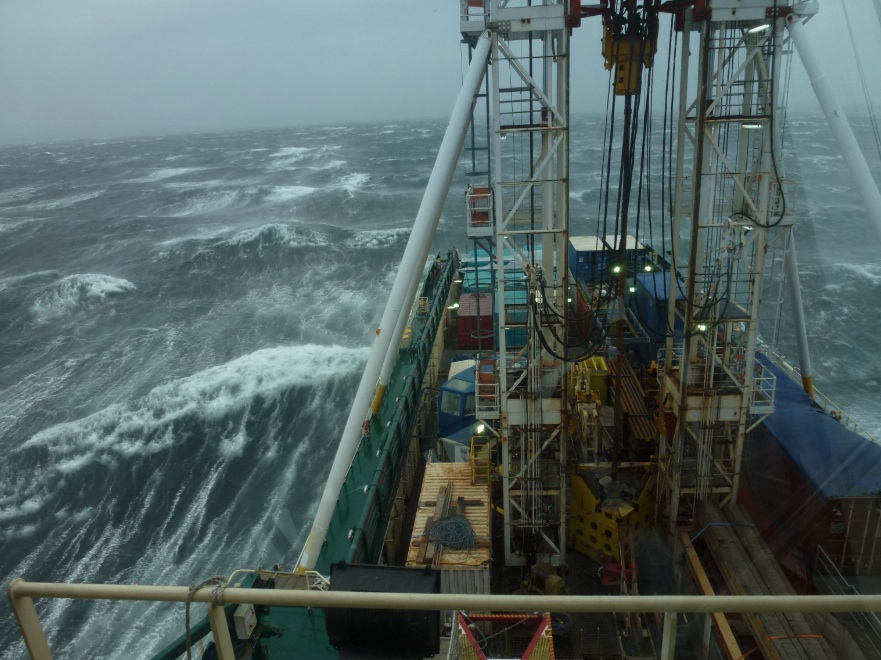
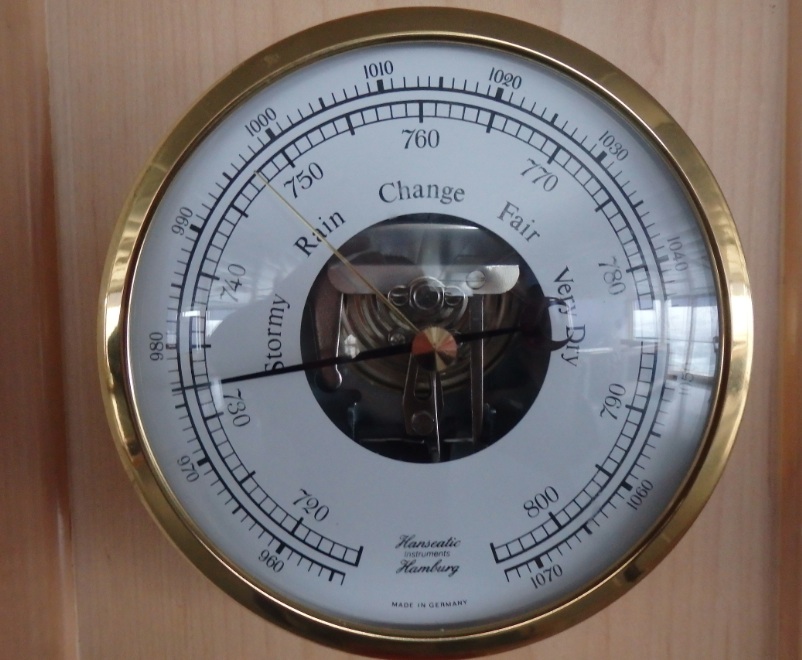
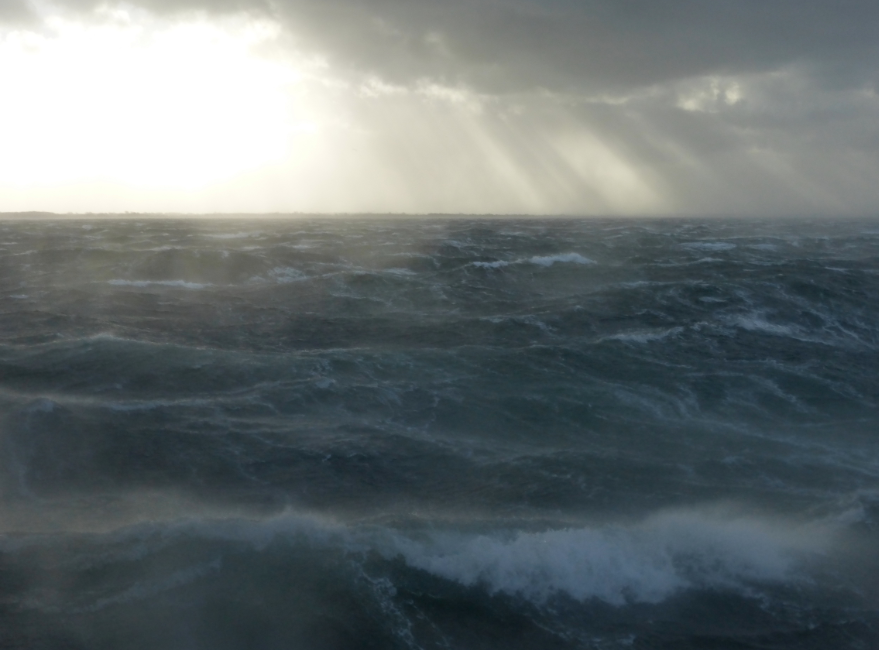
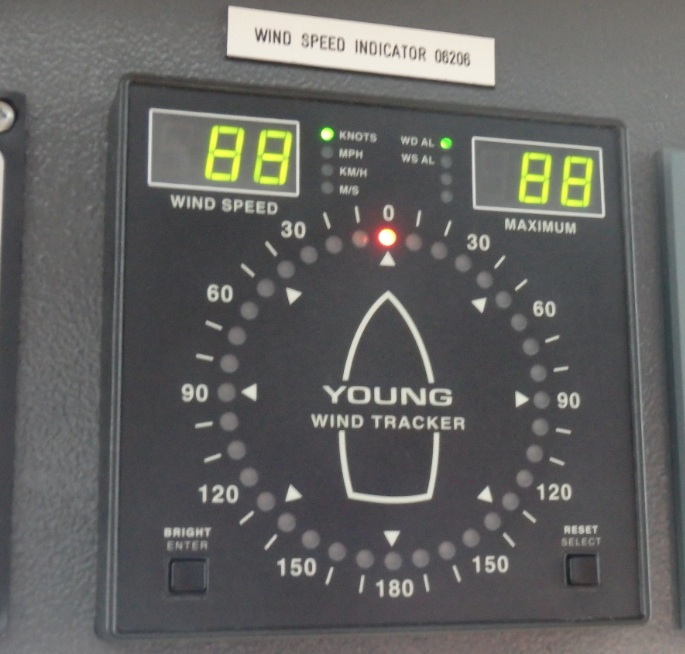
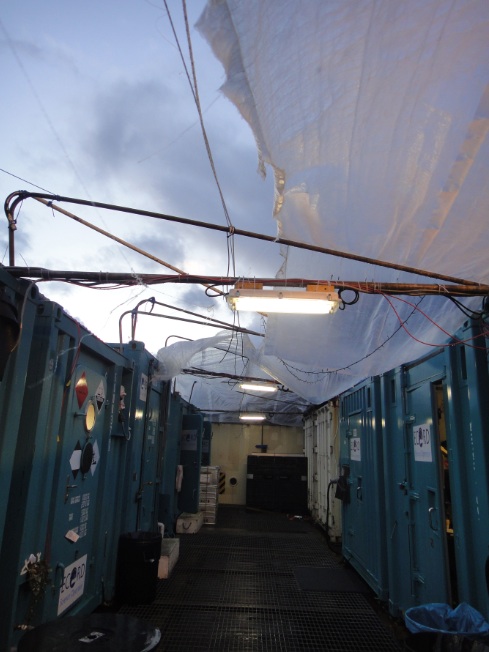
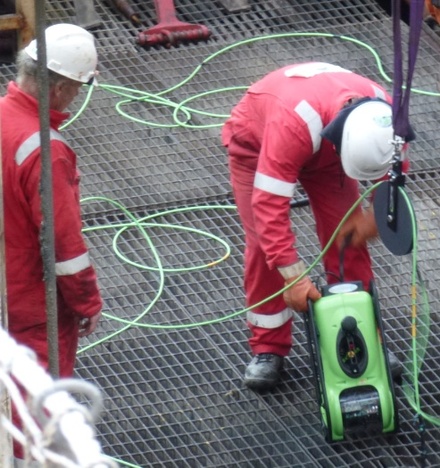
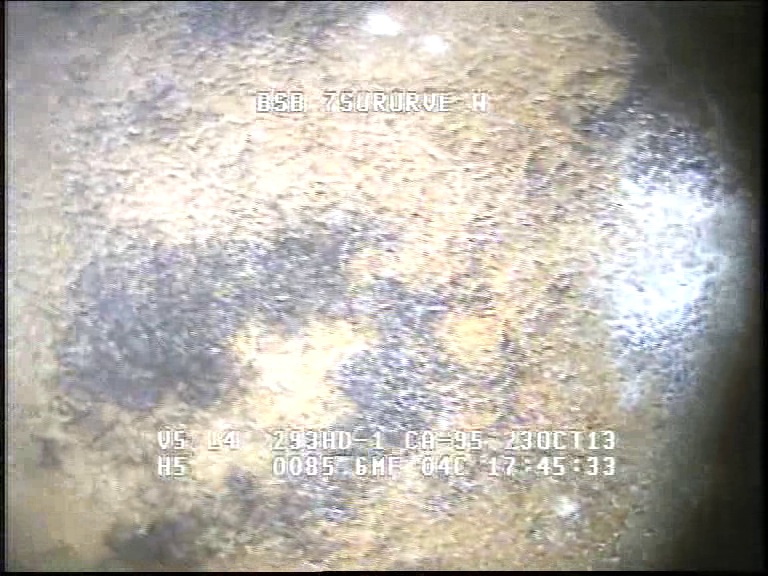
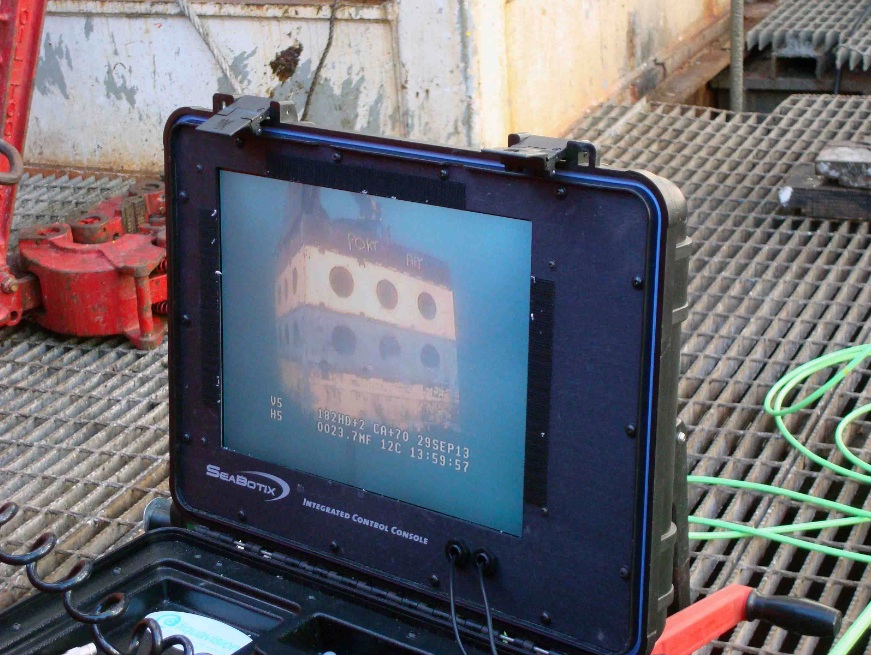
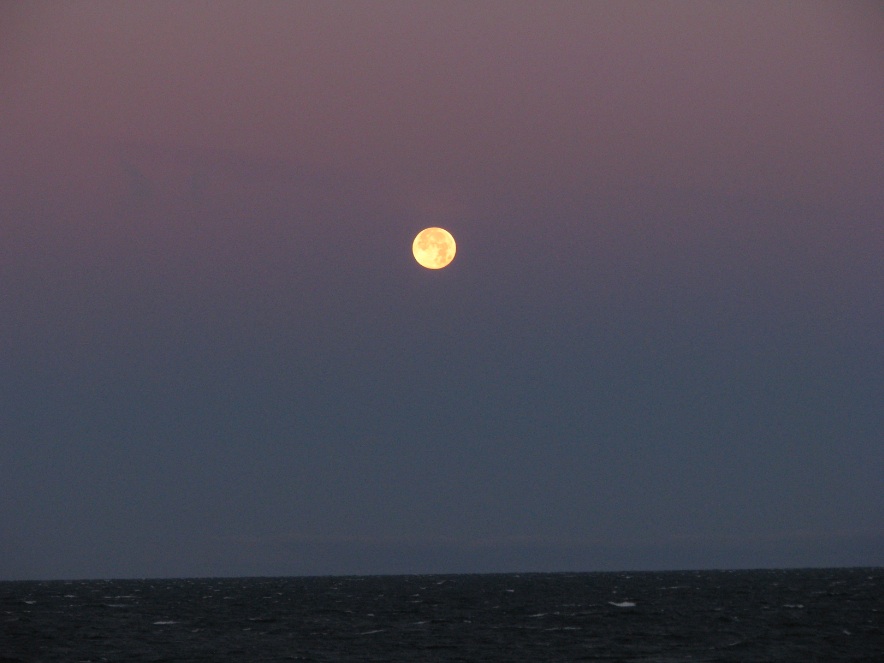
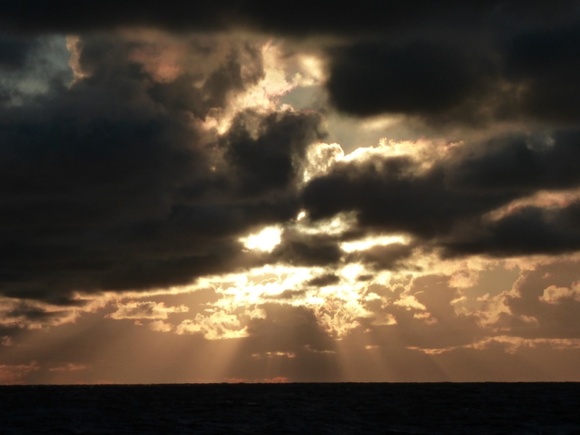
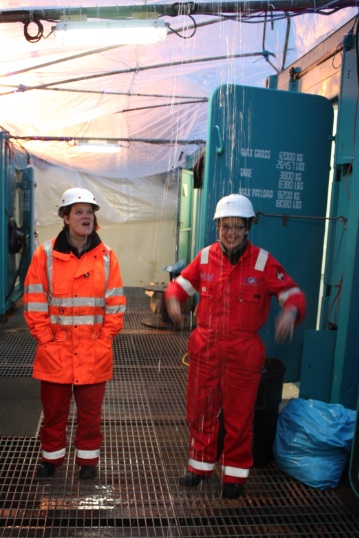
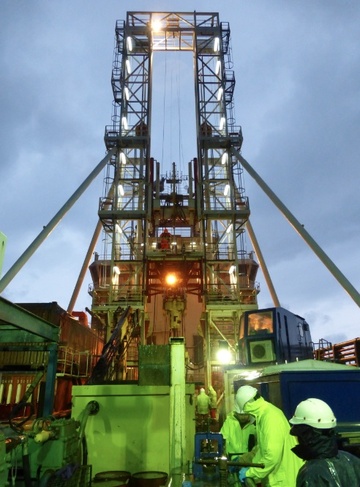
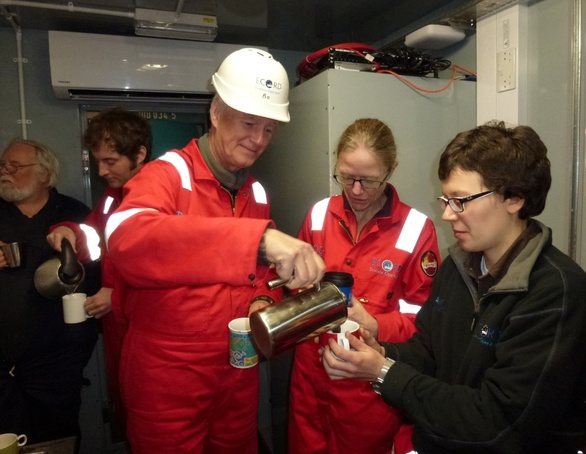
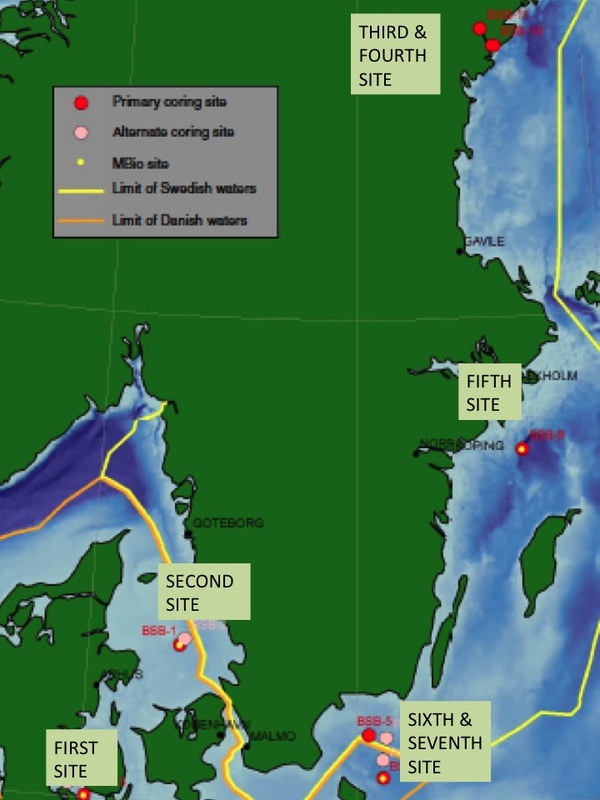
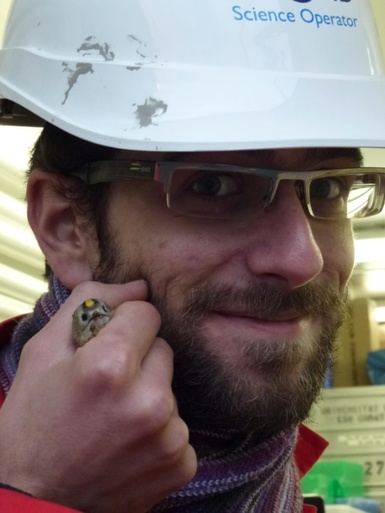
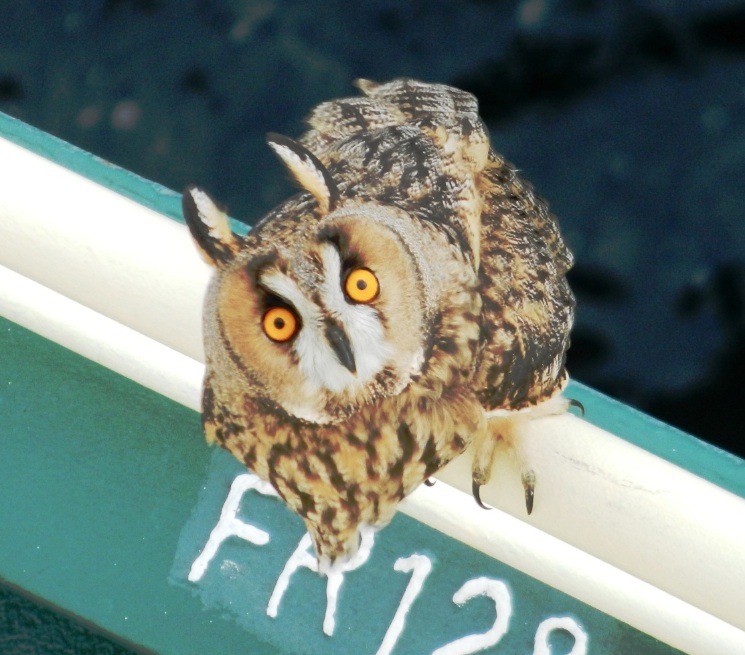
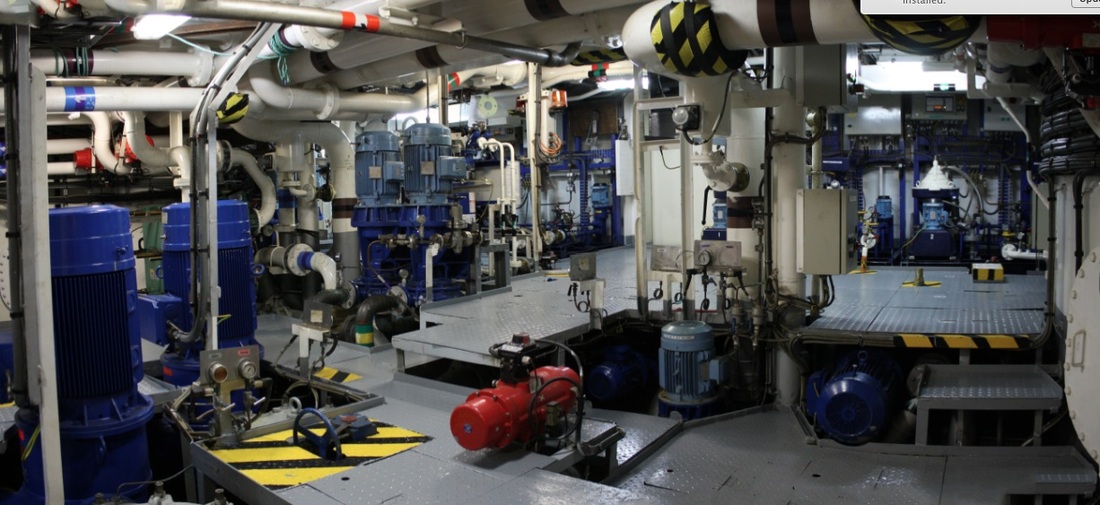
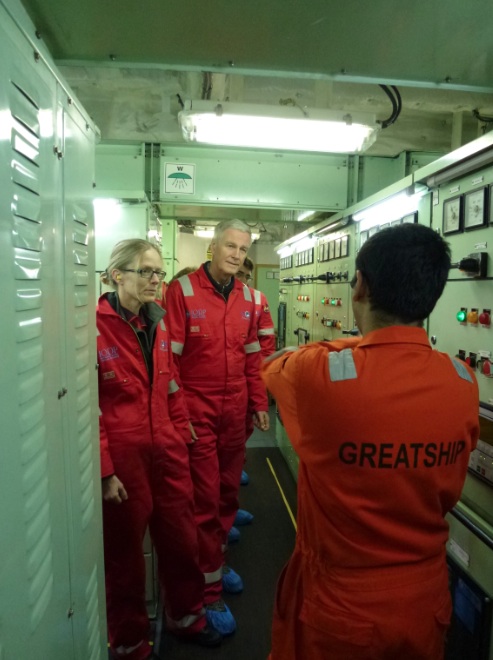
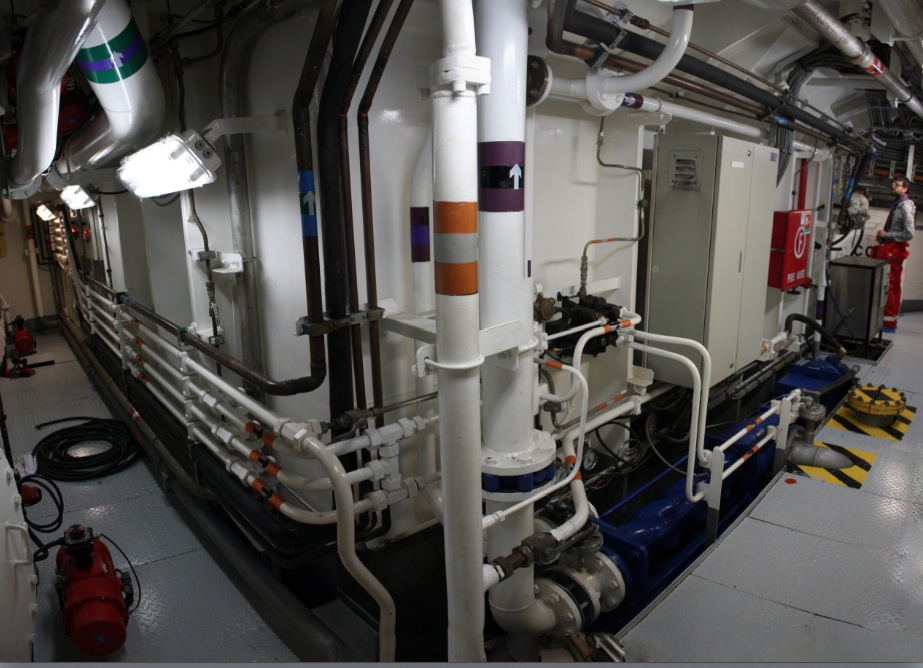
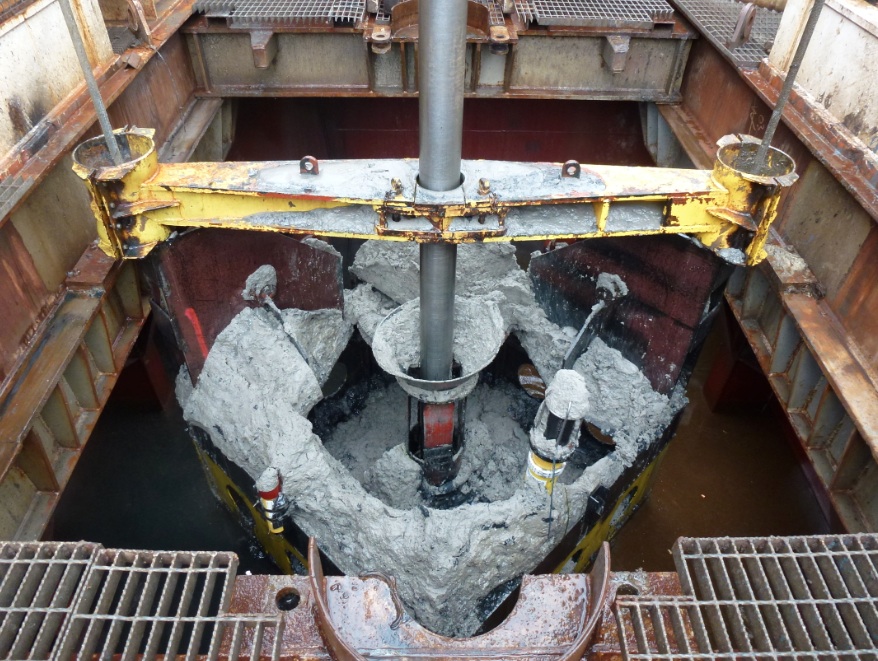
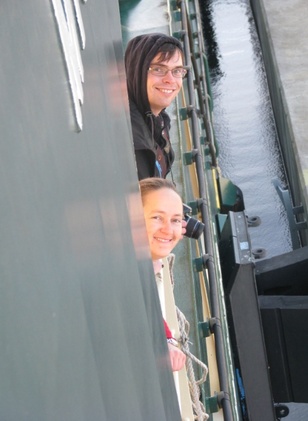
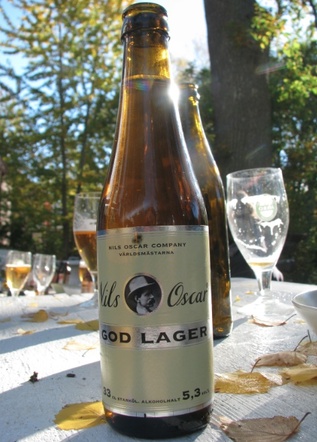
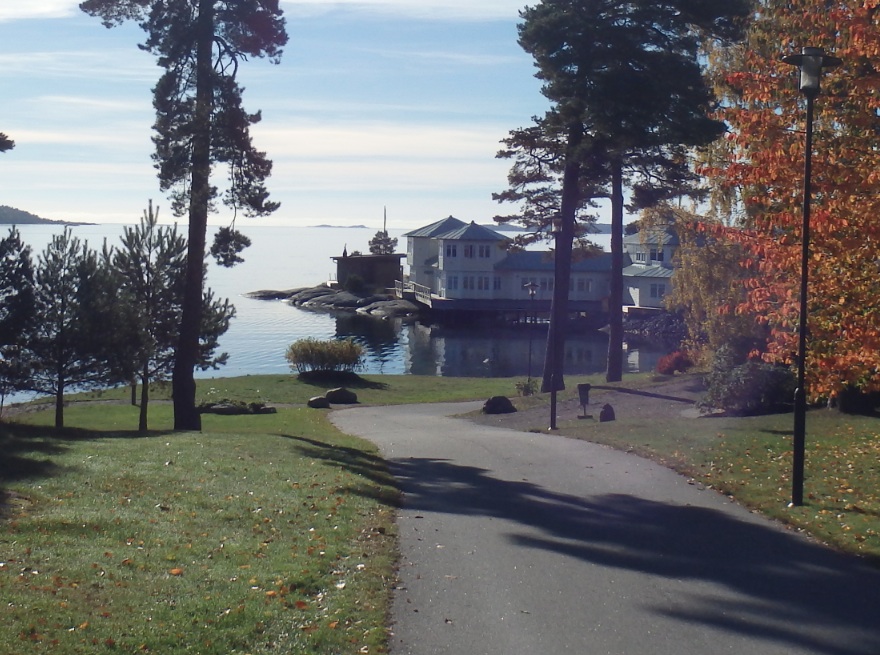
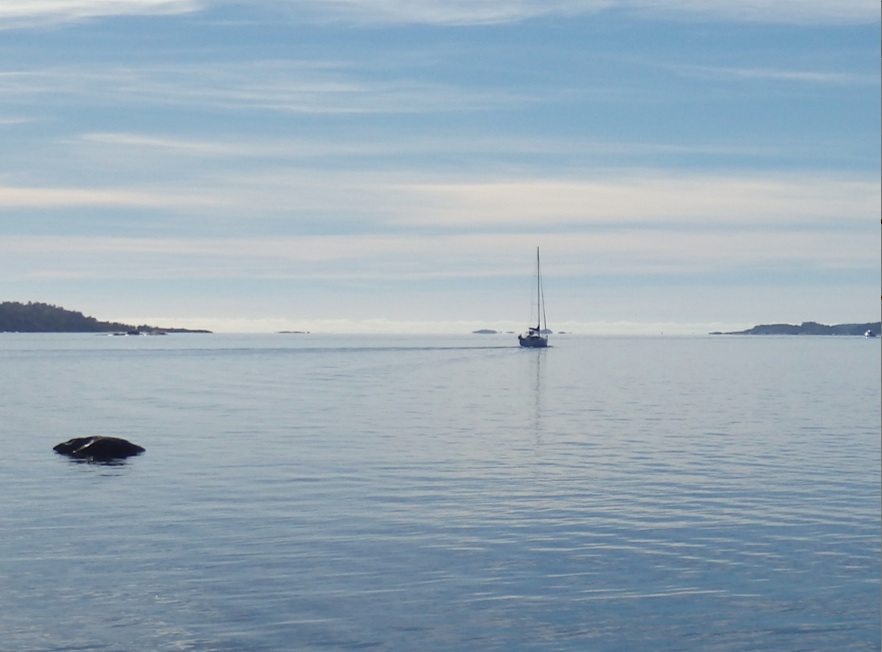
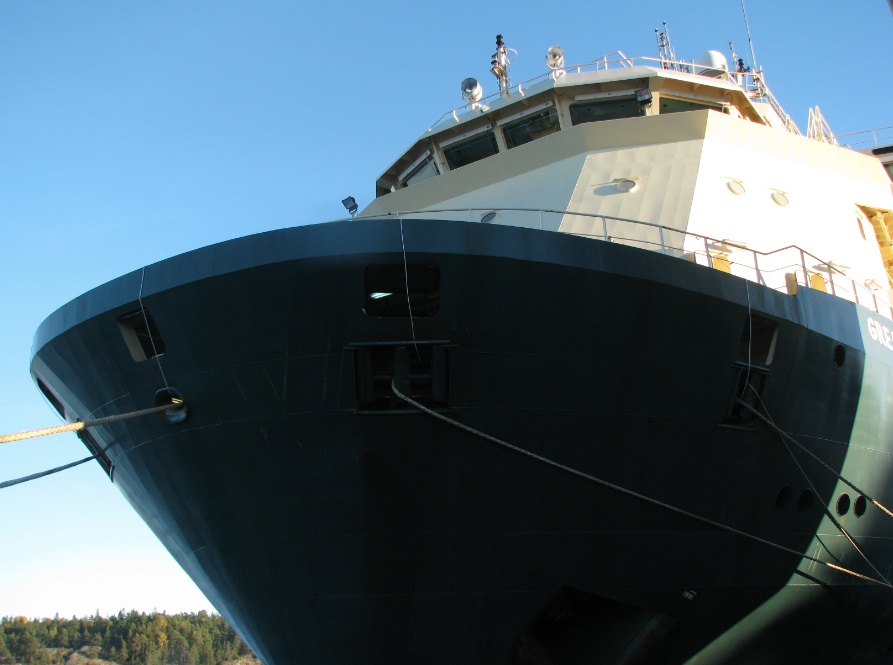
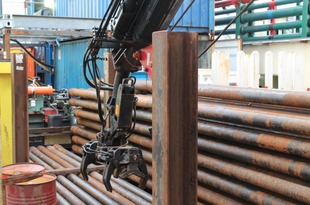
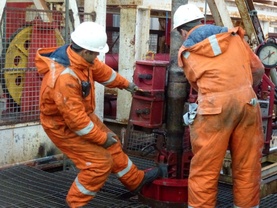
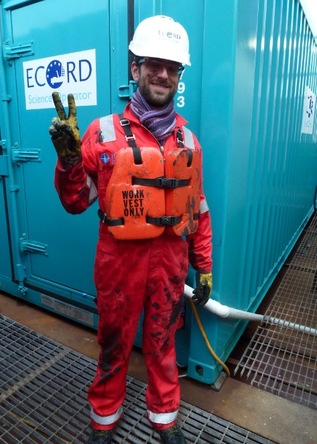
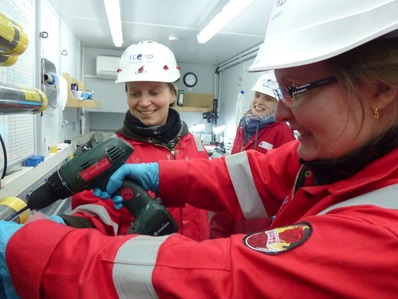
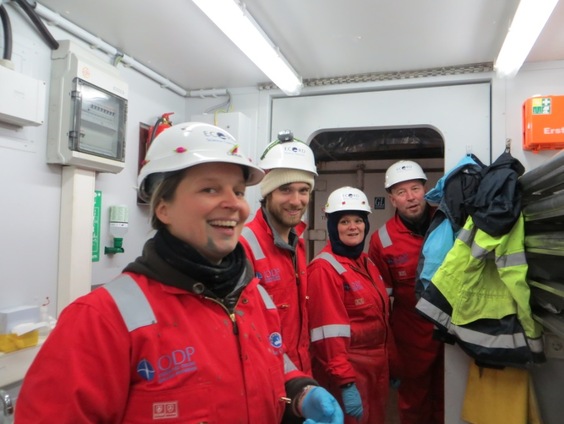
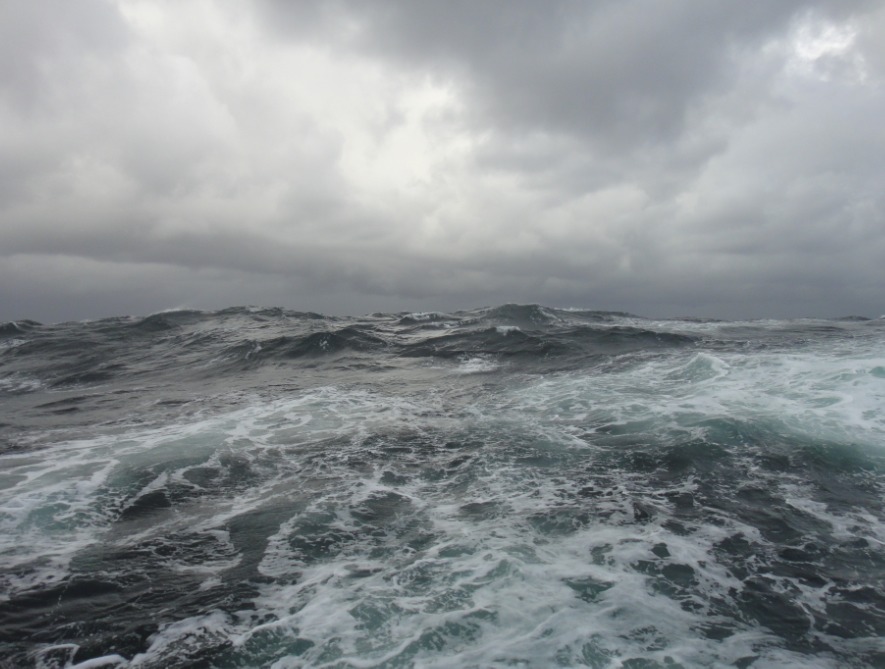

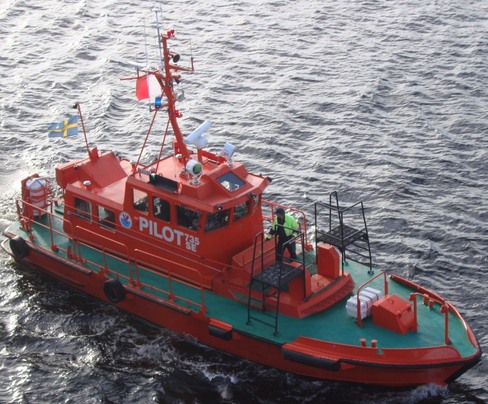
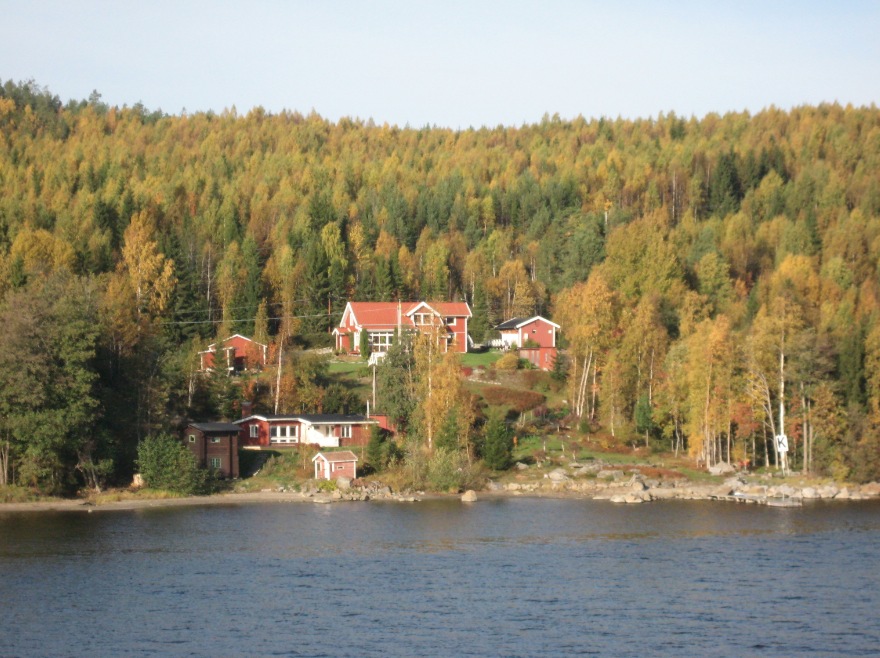
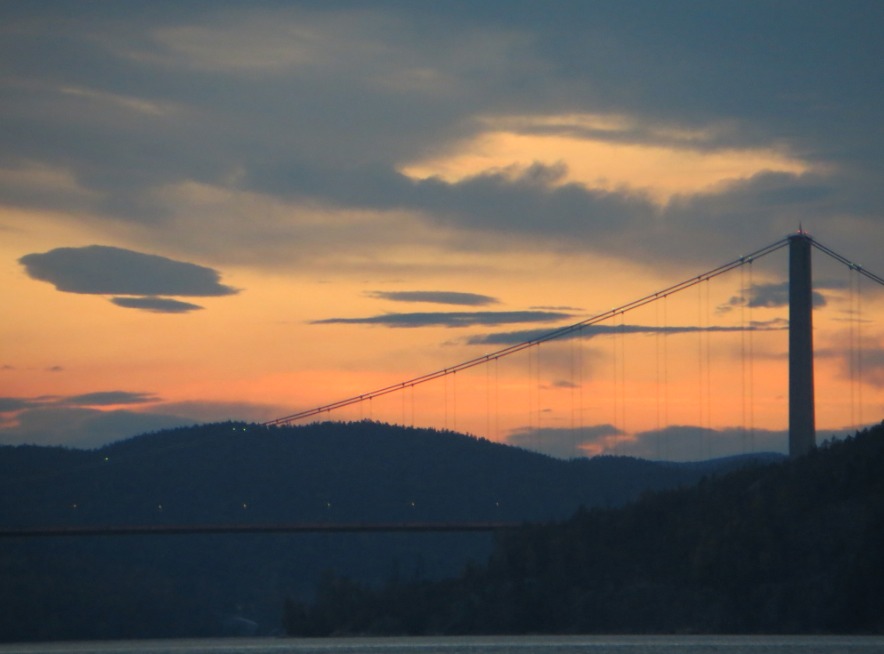
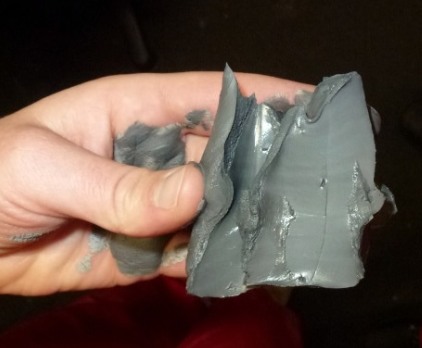
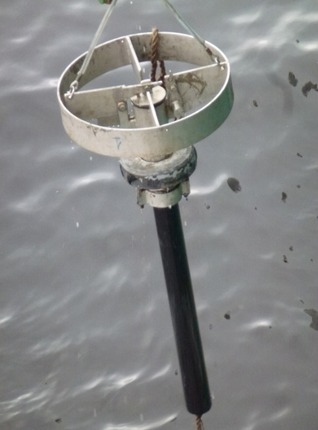
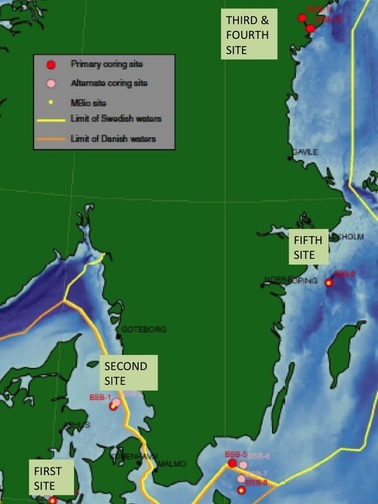

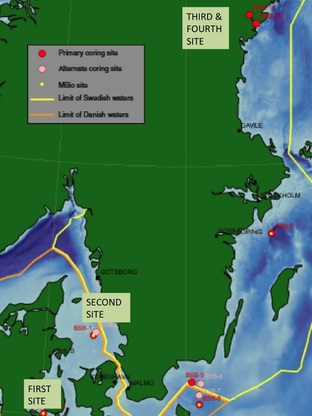
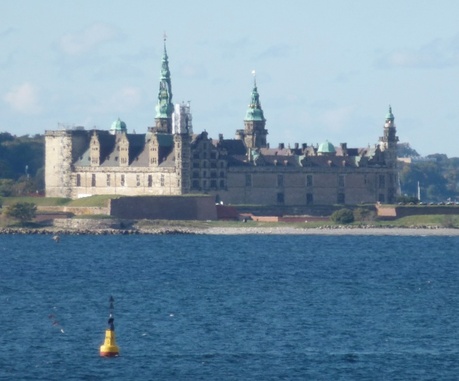
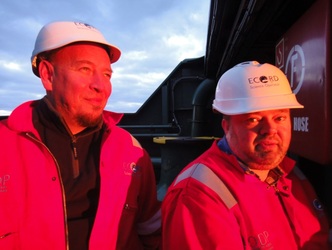
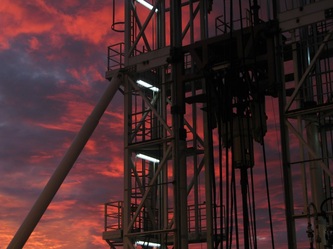
 RSS Feed
RSS Feed
